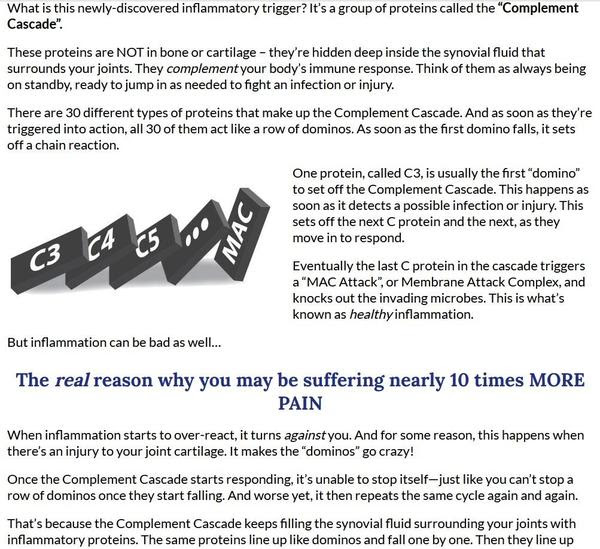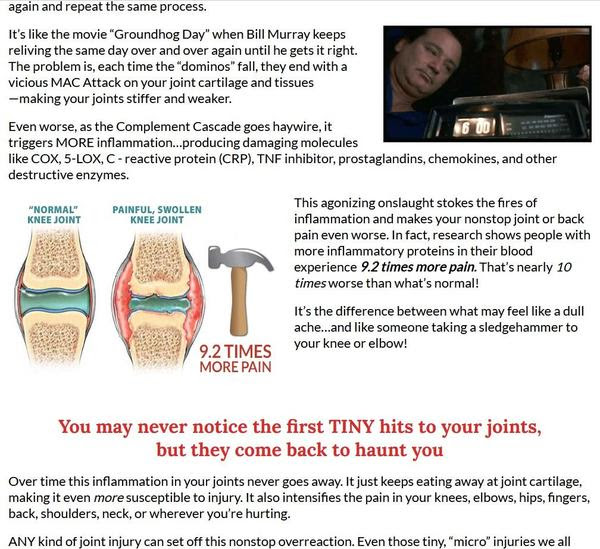It’s hard to believe we’re just 5 days from Christmas!
Whether you celebrate or not, hopefully you’ll be taking some time off to spend with family or friends… and reflect on your goals for the coming year.
I’m looking forward to both of my young adult children being home… and having our 14-year-old dog Pearl get her sutures removed on Christmas Eve and no longer having to wear the “cone of shame”.
She’s had a rough time after having a large cyst removed from the top of her tail last week… it’s been highly uncomfortable for her and while pain meds can help, they also trigger gastrointestinal distress. So there’s been a lot of sleepless nights lately for Pearl… and for my husband and I (including the past two!)
In any case, hopefully by now you’ve listened to the interview I did last week with AI copywriting expert (and one of my mentees and students) Sam Woods. (If not, you can listen to it here).
And if you’re like me, you’ve been starting to play around with the new ChatGPT to see what it can do when it comes to writing copy and doing research.
I will admit: while I’ve seen some examples of how using this tool can produce some “okay” starter copy or spit out answers to questions you might normally use Google for, I’m still not ready to ditch my own processes for writing winning copy anytime soon.
So I’m not sure at this point how much time ChatGPT can save me. I fear the opposite is true: it can send me down endless “rabbit holes” and have me waste way too much time trying to “put lipstick on a pig” versus creating something beautiful right from the start.
Your results may vary. If you’re writing content articles, short ads or emails, etc., you may well get some ideas you can run with and turn into something usable.
But human intervention is STILL required even in those cases. Like I said in last week’s issue, you still have to know how to “assemble” copy (how the late legendary copywriter Gene Schwartz described the copywriting process in a long-ago talk I was fortunate to attend when I was a wet-behind-the-ears marketer).
Whether it’s knowing which questions to ask when doing research… deciding which headline or ad to test… being able to recognize a compelling angle or “big idea”… and the hundreds of other micro-decisions and judgement calls one needs to make when putting together a new promo or email campaign…
You still need to get “dangerously good” at writing copy.
(That’s something my Get Dangerously Good Copywriting System can help you do, along with my other trainings. See the P.S. to find out how you can get it at special savings if you don’t already have it in your copywriting arsenal.)
It’s why robots aren’t completely taking over copywriting anytime soon. For now, and the foreseeable future, we humans have a significant edge…

Here’s just one example of what robots simply don’t know how to do–and that humans are able to do far better:
Breaking down complex concepts into easy-to-understand, emotionally hard-hitting copy.
Most copy that you’re hired to write isn’t for simple products that are nothing more than commodities. They’re often products you need to differentiate from the horde of competitors in their niche… and you need to explain WHY your product is able to uniquely solve your prospect’s problem better than other solutions.
What’s more (speaking of Gene Schwartz), you need to take into account what stage of market sophistication your product and market are in.
Many times it’s the 3rd or 4th stage, which in a nutshell means your prospect has heard all the claims, is more skeptical than ever, and needs further convincing your product will produce the desired results.
That means you need a better, faster mechanism that convinces your prospect that your solution will work, when so many others before them came up short.
Supplements are a great example. That’s because most supplement categories are in either the 3rd stage (when simply introducing a unique mechanism is needed) or more likely the 4th stage (when you need to enlarge the mechanism and show it’s able to deliver a faster, easier, or surer result).
About 4 or 5 years ago, I wrote a joint supplement sales page that’s still being used by one of my clients. One of its most important mechanisms of action was its ability to offset the “complement cascade” that triggers painful inflammation.
When I wrote this promo, I spent a good amount of time trying to understand this process and how the supplement ingredient counteracted it. There wasn’t just one source for this information… it came from multiple sources.
Same for the next step of putting it into easy-to-understand, conversational language to help the prospect see why it could be the reason why nothing else had worked to solve their joint pain…
…feel an urgent need to address this hidden cause… and convince them that this ingredient could uniquely address this painful inflammation trigger so they can finally enjoy relieve.
I doubt that a single AI prompt, or multiple prompts, would be able to do all of this in a way that builds belief in a prospect and convinces them to buy.
I went through 3 iterations yesterday with ChatGPT as an experiment to see how it would explain the link between the complement cascade and joint pain. The first response was way too science-y.
So I asked it to provide the answer at an eighth-grade reading level and later at a fifth-grade reading level. The eighth-grade reading level version was probably the “best” of the three (the fifth-grade reading level one was so simplified I didn’t think it was accurate, substituting “germs” for “infection”, etc.) Let’s take a look…

Now, clearly AI doesn’t understand how to write compliant copy for supplements (you can’t use disease names like “rheumatoid arthritis” or refer to drugs by name–i.e., “corticosteroids”).
But the bigger issue here is, aside from a few usable phrases in the 2nd paragraph, it’s still just too vague… nor does it make the hidden cause villainous enough or urgent enough that the prospect feels they MUST address it in order to get the desired relief.
For comparison, let me share with you an excerpt from this long-running control sales page where I explain why shutting off this complement cascade is so important for enjoying relief from joint pain.
First I introduce what it is, and address how it’s actually part of healthy inflammation (because many older adults who take supplements understand that inflammation is part of the healing process–it’s not always bad).
Then I get into why it could be causing their miserable joint pain…


You can see how I introduce the idea of the “complement cascade” and come up with an analogy (a row of dominoes) to make it more understandable.
In fact, I go a step further and make a nostalgic cultural link to the movie “Groundhog Day” (it’s actually a GIF of Bill Murray hitting the alarm clock again and again… you can see the actual promo when you click the above image).
I then explain why this natural healing process can actually work against you when it comes to agonizing joint pain. I work in some statistics to dramatize it even more (“9.2 times more pain”). And the repetitive motion of the hammer hitting painful joint makes it more visible and relatable as well.
AI tools can’t break down this complex process and put it into easily-understood, compelling copy like the HUMAN Kim did here.
Then there’s the graphics (which I provided ideas for the designer in my copy draft) that help the prospect instantly grasp why this hidden cause of joint pain is so urgent to address. I doubt a robot would come up with that, even after multiple time-consuming iterations.
There’s a long list of other things that ChatGPT simply can’t do, at least that I’ve seen… like writing compelling fascinations or even curiosity-laden headlines or subject lines. And because the human brain is wired to react to things that are new or different… vs. the familiar “I’ve seen or heard that before”…
The machine-learning that AI is built on gives your copy a shaky, all-too-generic foundation to begin with.
Now, I’m NOT going back on what I recommended last week: that you start becoming as expert as possible in using AI tools and see how they can help you become an orchestra “conductor” when putting together copy, coming up with split tests, or doing research.
But I’m still at the point where, until these tools get better or our mastery of using them gets more sophisticated, writing high-performing sales copy in the most competitive niches still requires humans to do it extremely well.
What’s your experience been like so far with using (or experimenting with) AI to write copy? I’d love to hear about it.
Click the button below to leave a comment (and/or “like”) on today’s LinkedIn post on this very topic (you’re getting the longer version with the copy examples since you’re a Copy Insider!)
How is AI helping (or not helping) you write copy?
Yours for smarter marketing,
Kim
P.S. If you don’t already have my Get Dangerously Good Copywriting System, there’s never been a better time to get it. Not only is it more important than ever that you develop A-list-level copy chops so you can write (or “direct”) stronger sales copy, video sales letter scripts, and other ads, you can get it right now for $300 off the regular price.
In fact, this is likely the LAST time you’ll ever be able to get this program for this low of a price since I’m planning to raise the price early next year. To make it even sweeter, you may be able to snag yourself a business tax deduction before the year ends. Go here to get all the details.